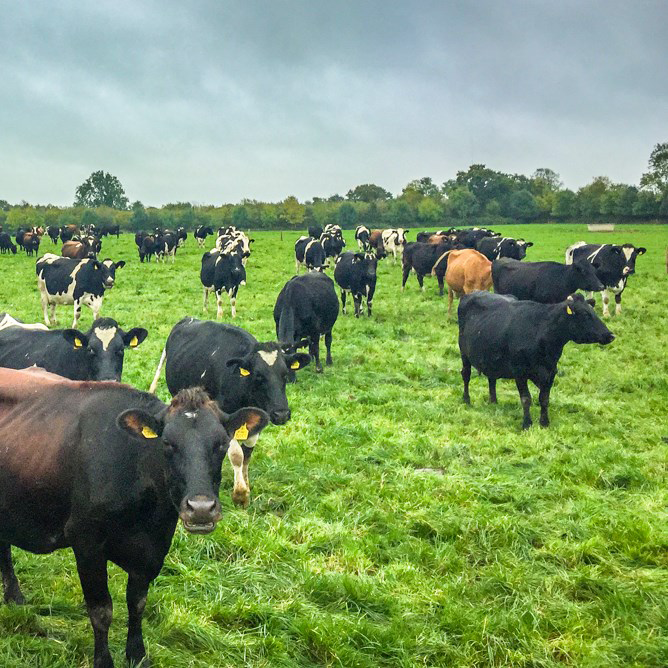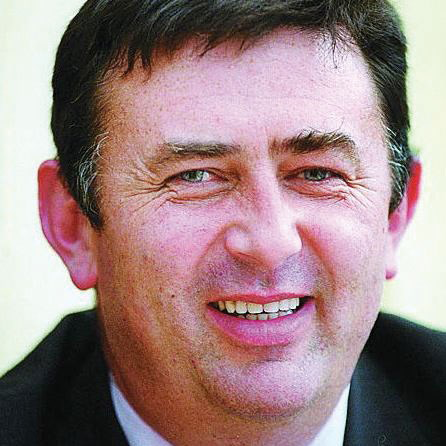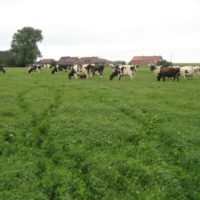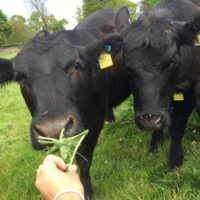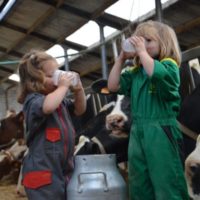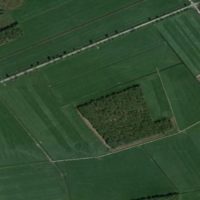Description
- Carrying out soil tests and building soil index’s
- Increase in grass gown on the farm
- More milk being produced from grass
- Cost in building the soil index’s (out-weighed by the benefits though)
- Increase output and reduce costs
- Economic results
- Soil testing is starting point
- Discussion groups
- Moorepark research
- PastureBase
Reason for the innovation
Increase output per hectare and minimise costs through increasing the amount of grass grown on the farm
- Carrying out soil tests and building soil index’s
Farm description
Environment
- Soil type: Clay/loam
- Climate type: Temperate Oceanic Climate
- Agricultural area (ha UAA): 85
- Permanent grassland area (ha): 85
- Average stocking rate (agriculture area) (LU/ha UAA): 3
- Altitude: Variation across the farm (200m)
- Slope: Variation across the farm (15%)
Grassland management
- Grazing: Yes
- Grazing management type: Rotational grazing
Structure
- Annual work units (AWU): 2
- Main animal type: Dairy
- Number of animals (heads): 170
- Total Livestock unit (LU): 240
- Breed type 1: Fr*Je
- Breed type 2: Fr
Animal performance
- Milk production per head (l/year/dairy animal): 5800l
- Grassland management type: Rotational
- Length of grazing period: 285-300 days
- Fertilization rate (kg N/ha): 250
Why it is working
- Increasing grass output through increasing soil fertility and improving grazing infrastructure
- Carrying out soil tests and building soil index’s
- Increase in grass gown on the farm
- More milk being produced from grass
- Economic results
- Pasturebase Ireland
